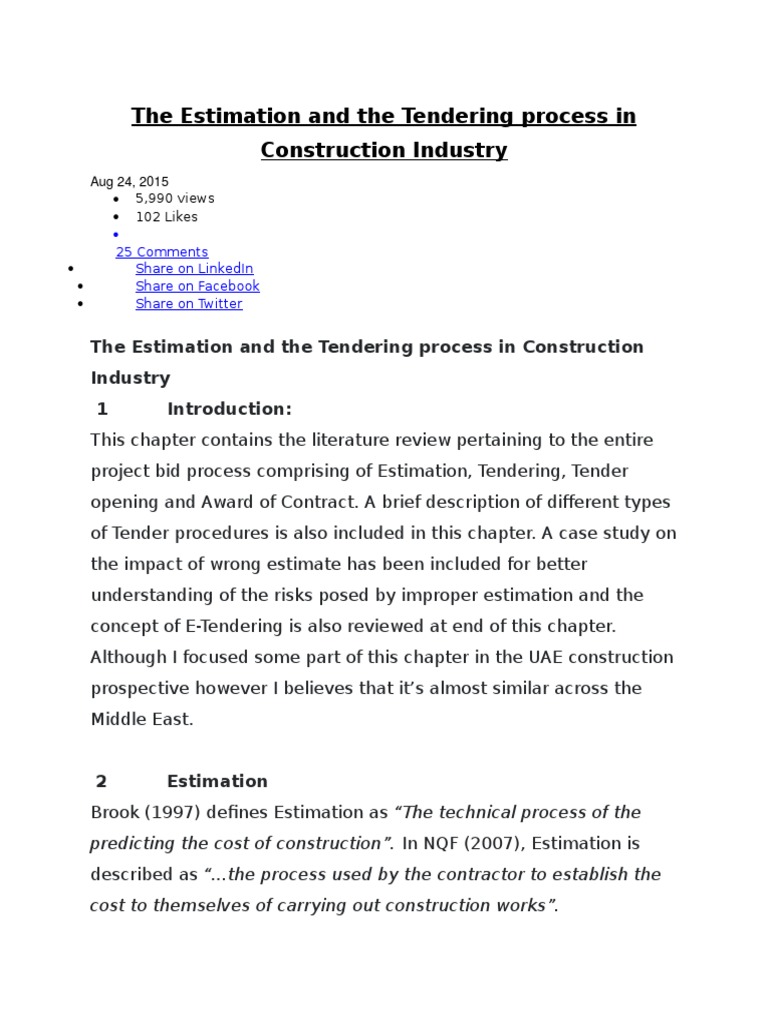- Serial Tendering Advantages And Disadvantages Of Social
- Serial Tendering Advantages And Disadvantages Data
The advantages of tendering are obvious to those who have been there before. If you haven’t, and you’re just starting now, we know that the tendering process can seem daunting. This is especially the case for SMEs, as it can sometimes feel as though buyers want ‘big business’ suppliers.
- Serial tendering is, in effect, a standing offer to carry out a series of projects all based on the priced bills of quantities for the first project, which becomes the ‘master’ priced document. Serial tendering allows for a number of similar projects to be placed, with one contractor providing the incentive of a continuous flow of work for.
- Serial Tendering Advantages And Disadvantages Download Mod Sholat Di Gta Sa Android Pantera Vulgar Display Of Power Remastered Rar Extractor Mario Biondi Disco Grafia Completa De Juan Gabriel Pros And Cons 1999 Torrent Video Editor 1.4.11 Build 301 - Software Seeyou Registration Key Keygen Music Concorde C40 Drivers.
We have seen a growing trend in the construction market towards greater use of single stage tendering. For contractors and customers there are clear benefits in terms of faster decision making and greater certainty over the final price, but is it the right option?
With two stage tenders, contractors are normally bidding on the basis of incomplete design information, and the contractor is engaged early in the process to contribute to the development of the design within an agreed cost framework.
Serial Tendering Advantages And Disadvantages Of Social

Single stage tenders seek to simplify the process by providing a completed design against which a range of potential contractors are asked to bid.
Balancing Risk


Risk management, particularly around cost, is one of the main motivators for customers to adopt the single stage approach. There is reduced scope for contractors to vary the price or make claims if they based their proposal on a detailed completed design. There is a single set of customer sourced documentation that relates to the contractor’s commercial offer. This is important for increasingly risk adverse funders.
The single stage tender also seeks to avoid the adversarial behaviour that can develop around scope changes and interpretation of the technical brief. Ultimately, however, the contract price can only be as robust as the quality of the design information provided.
With single stage tenders there is normally a clear statement concerning risk allocation. The customer and the contractor both sign up to this. The simplified tendering process speeds up the procurement process, so projects can start on site more quickly compared to the two stage process, where extended negotiations can occur.

Serial Tendering Advantages And Disadvantages Data
There are, however, downsides to the single stage approach. With two stage tenders, contractors are appointed early in the process. They have early input into the scheme, which broadens the scope of expertise applied in the design phase and can ensure buildability and add value. Contractor expertise and value engineering can also identify cost and timing efficiencies.
Early contractor input also helps the whole project team to understand the technical and practical implications of the design before construction starts, but with single stage procurement, there is reduced opportunity for the project delivery team to be fully engaged before onsite work begins.
A Question of Balance
Most contractors will continue to have a balanced portfolio of work secured through frameworks, negotiation, the two stage process and competitive tendering.
Single stage tendering can be a useful vehicle for contractors looking to secure work in shorter timescales compared to the two stage process, and for customers, it can help to complete projects within shorter time frames and reduce exposure to cost and timing risks.
It is important when considering a procurement route that customers focus on value and not purely on cost, and select the most appropriate route accordingly. Single stage tendering clearly works in certain circumstances, but for some projects, particularly ones with complex technical challenges, single stage tendering is not in the interests of either customer or contractor. It is really a case of understanding the advantages and disadvantages of each approach for each project, and taking steps to mitigate the downside risks.
It is equally important however with two stage tenders that contractors should act transparently and with integrity, and use realistic pricing models to secure the contract.
Whichever route is chosen, it is important to remember that price is not the only consideration. Quality and whole life costs must also be factored into the decision and into responsible bidding by potential contractors.